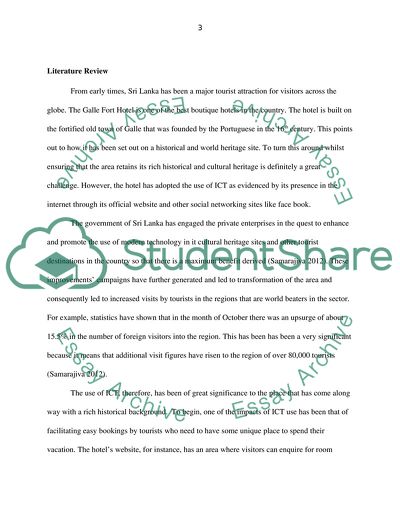Cite this document
(“ICT in Tourism and Hospitality Sector Essay Example | Topics and Well Written Essays - 5000 words”, n.d.)
Retrieved from https://studentshare.org/tourism/1608691-critically-evaluated-how-ict-is-applied-to-the-tourism-and-hospitality-industries-use-one-of-smte-case-study-to-demonstrate-your-agruments
Retrieved from https://studentshare.org/tourism/1608691-critically-evaluated-how-ict-is-applied-to-the-tourism-and-hospitality-industries-use-one-of-smte-case-study-to-demonstrate-your-agruments
(ICT in Tourism and Hospitality Sector Essay Example | Topics and Well Written Essays - 5000 Words)
https://studentshare.org/tourism/1608691-critically-evaluated-how-ict-is-applied-to-the-tourism-and-hospitality-industries-use-one-of-smte-case-study-to-demonstrate-your-agruments.
https://studentshare.org/tourism/1608691-critically-evaluated-how-ict-is-applied-to-the-tourism-and-hospitality-industries-use-one-of-smte-case-study-to-demonstrate-your-agruments.
“ICT in Tourism and Hospitality Sector Essay Example | Topics and Well Written Essays - 5000 Words”, n.d. https://studentshare.org/tourism/1608691-critically-evaluated-how-ict-is-applied-to-the-tourism-and-hospitality-industries-use-one-of-smte-case-study-to-demonstrate-your-agruments.


